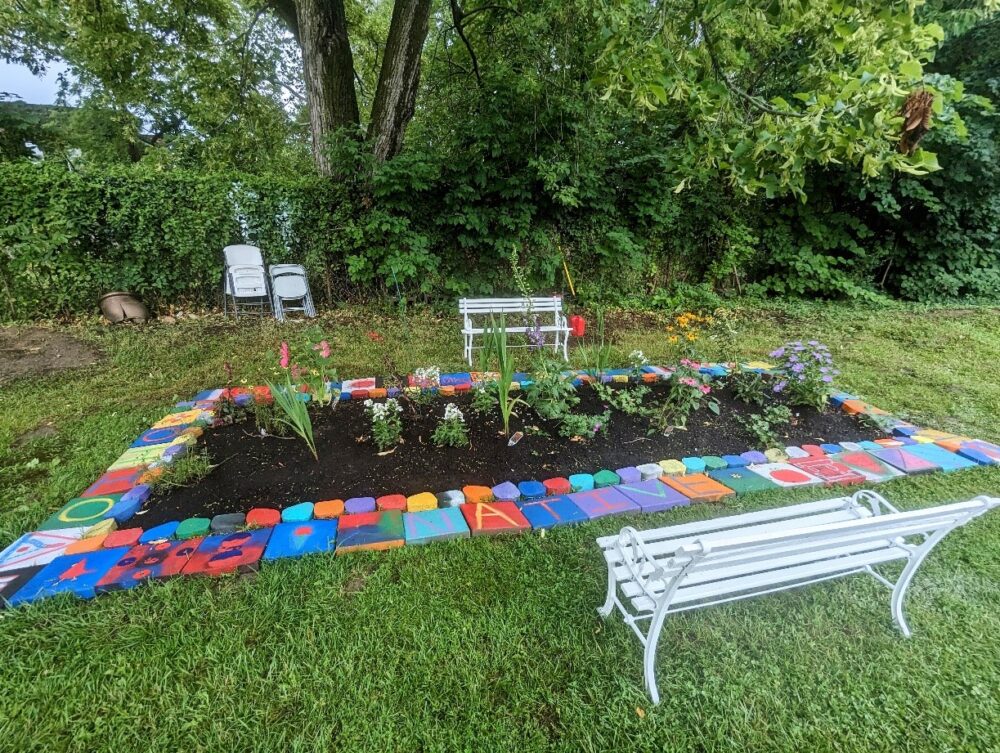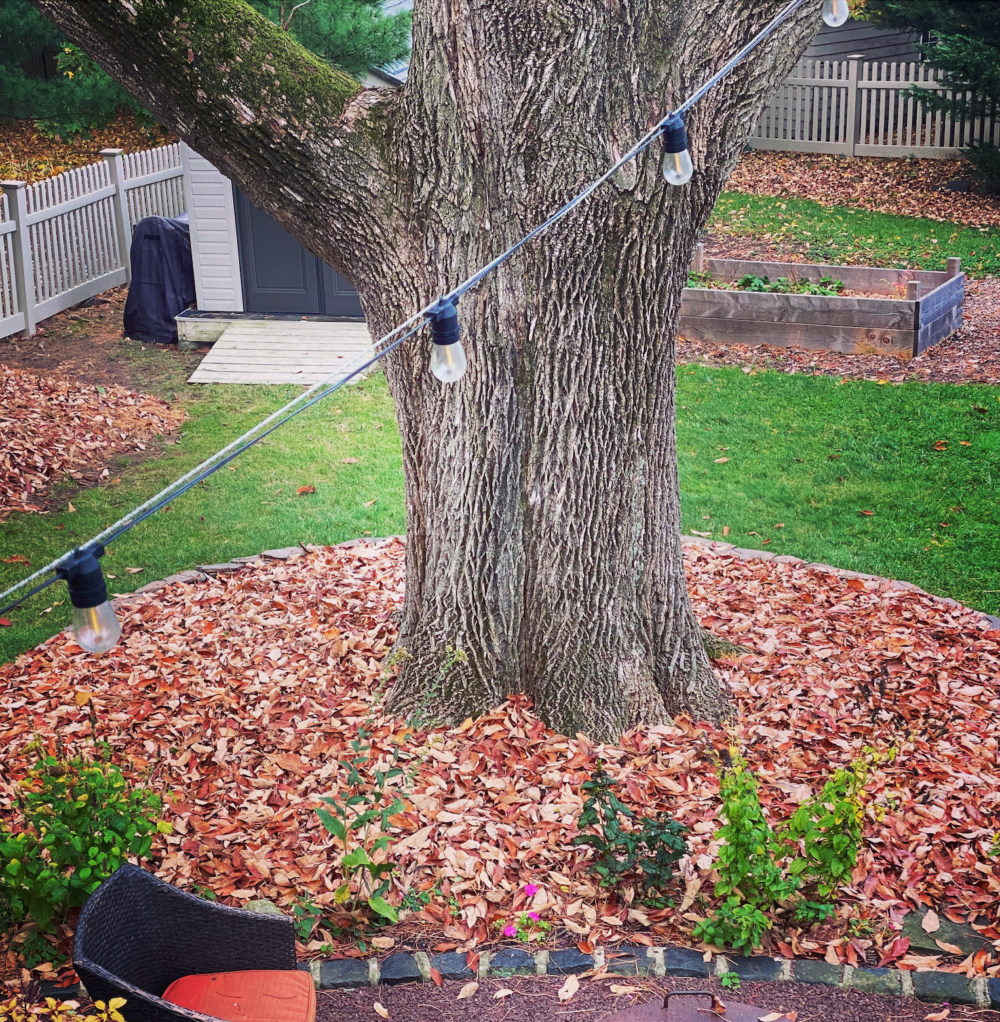We have much more to do and your continued support is needed now more than ever.
Growing WILD
Demonstration garden engages wildlife center visitors with Montana’s native plants
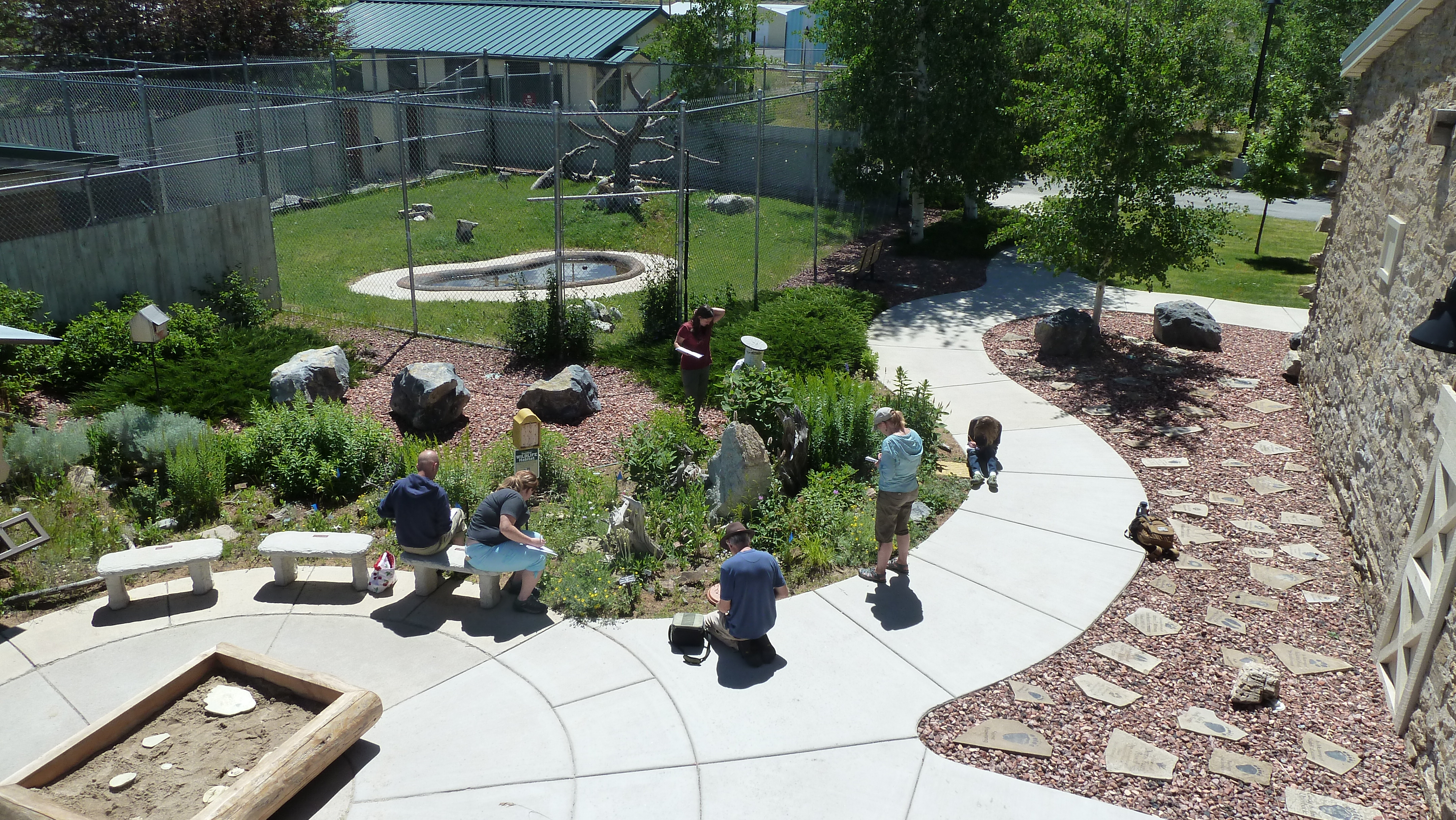
Five years ago, a team of community volunteers broke ground on a new native plant garden at a wildlife education center in Helena, Montana. The former Stedman Foundry site required a lot of work to restore it to natural conditions, but today it is one of the premier demonstration National Wildlife Federation-Certified Wildlife Habitats in the state. And, as of last year, it’s also a certified Monarch Waystation.
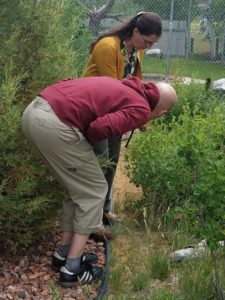
The Montana WILD Center annually hosts hundreds of school groups and members of the public who enjoy hands-on exhibits and learning activities. This small, 250 square-foot demonstration garden offers a natural extension to the outdoors, illustrating how visitors can support pollinators and other wildlife in their home gardens. And, because the Montana Department of Fish, Wildlife & Parks (FWP) runs a wildlife rehabilitation center in the adjacent building, a bald eagle and a golden eagle perch within sight of the garden—an extra bonus for visitors.
The demonstration garden is the work of the Helena Garden Club along with several community groups. Club members and Lewis and Clark Master Gardeners now maintain the site. The club was inspired to undertake the project after attending a National Wildlife Federation workshop at the 2011 Northwest Flower & Garden Show in Seattle. During a visit to Tizer Gardens in Jefferson City, Montana, club member Sue Leferink learned that FWP was relocating its education center to a new site in Helena, and thought that might be the perfect opportunity to start a garden. She then contacted FWP education coordinator Thomas Baumeister to ask if it would be possible to form a partnership to design a garden with native plants to educate visitors–demonstrating that a xeriscape garden could provide educational opportunities, be beautiful, and feed wildlife. Thomas was very supportive of the idea.
At the time, Sue had no exposure to native plants or experience designing a public landscape from scratch, but she did have great resources through the Montana Native Plant Society. Sue joined up and started researching. She attended the National Garden Clubs’ landscape design school to learn how to make the garden meet the various needs of Montana WILD and the Helena community.
“The most challenging part was the preparation,” she recalls, “which entailed endless hours of planning. Scheduling and coordinating various groups with expertise in the summer is very difficult because everyone wants to be out working on their own projects.”
The club was under a deadline to complete the project before the grand opening and could not deviate from the timeline. Sue notes an additional challenge that arose when the club had to make the final decision on how to proceed when two reliable resources disagreed on how to move forward. The key to success, she says, was keeping the goal in sight and using nature as the determining factor when faced with a difficult decision such as whether or not to use landscaping fabric.
The Montana WILD demonstration garden uses many simple yet effective features to engage visitors and help wildlife. For example:
- 100 plants are individually identified and grouped to represent four Montana habitat types: meadow, charred forest, mountains and prairies found in Montana’s ecosystems
- A small solar fountain made out of a 5-gallon bucket operates on sunny days in the summertime, trickling water through a stacked rock pile. When the water isn’t running, this cairn represents traditional trail markers
- Pollinator nesting tubes can be pulled from their stand to view the transformation from egg to larvae to emergent adult
- A simple ceramic planter cache challenges visitors to identify the components of wildlife habitat, with answers on the reverse side and various items found in nature
- A water dish filled with sand with flat rocks allows pollinators to drink without drowning
- Stones and interesting rocks warm up insects on a chilly day and block the wind
- Natural wood stumps and limbs provide homes to insects
- Native grasses provide cover from predators and seeds for birds
- A paving block can be lifted to reveal insect tunnels underneath

At a recent National Wildlife Federation-sponsored Schoolyard Habitat Rendezvous at the Montana WILD Center, teachers from six communities around Montana learned how to incorporate native plants into gardens and landscapes at their schools, providing habitat for wildlife and enhanced outdoor learning opportunities for their students. Helena Garden Club’s Sue Leferink provided both detailed classroom instruction and a guided tour of the demonstration garden, as well as site visits to two certified Schoolyard Habitats in nearby elementary schools.
What are Sue’s words of wisdom five years into this demonstration certified habitat project? “Nature is always changing and evolving,” she observes. “Hopefully this garden will continue to change and evolve into a healthy ecosystem. Already small critters, bats and snakes visit the garden along with bees and butterflies. Our goal is to show visitors that even a small garden can make a big difference for pollinators. Our objectives are often the same, long blooming, beautiful gardens to provide us with seasonal interest and a relaxing getaway from our busy schedules where we can observe nature in action.”
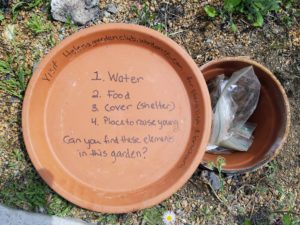
The demonstration garden supports another NWF priority—expanded habitat for pollinators. As Sue notes, “This garden is a dependable food source for pollinators, with access to water, shelter and the perfect place to raise the next generation. We want to encourage people plant with these objectives in mind and then to take up the Million Pollinator Challenge.”
To learn more about this demonstration garden, check out the Garden Tour brochure and the Helena Garden Club’s Certified Wildlife Habitat Garden blog with multiple links to native plant and wildlife resources. A detailed Montana Wild Plant List includes plant names, growing conditions and interesting uses of the plants featured in this demonstration garden.


















